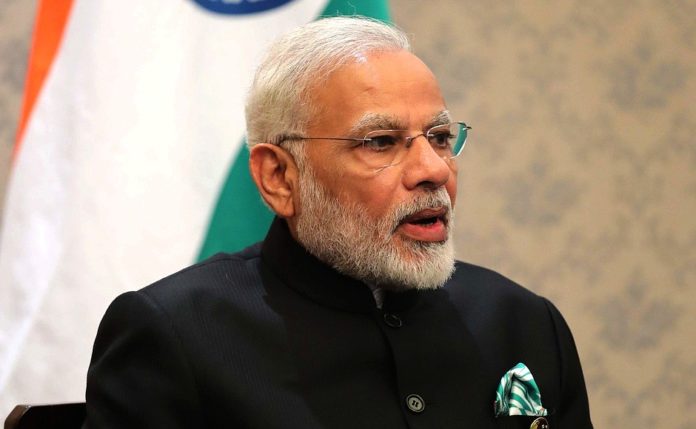‘Swachh Bharat Abhiyan’ is not complete without ‘Swachha Paani Mission’; PM Narendra Modi’s commitment of clean water by 2024 has come at the right time
Prime minister Narendra Modi’s commitment to provide safe drinking water to all by 2024 could not come at a more opportune moment. After Swacch Bharat Mission, clean drinking water is the logical next step in public health.
While the ‘Swachh Bharat Abhiyan’ has been the cynosure of government focus ever since Modi announced it in 2014, unsafe water has not got the same focus. Unsafe water is the cause of India’s major burden of diarrhoeal diseases and infections. The summary exposure value of unsafe sanitation reduced from 1990 to 2016 in India by 44% and that of unsafe water by only 17%, shows the Indian state level disease burden report.
According to this first state level disease burden report 2017, the disease burden from unsafe water and sanitation in India, dropped from 13% of the total burden in 1990 to 5% of the total in 2016, but this too is unacceptably high. The EAG states and Assam again have the highest disease burden from this risk factor. EAG states, also referred to as the Empowered Action Group states are the eight socio-economically backward states of Bihar, Chhattisgarh, Jharkhand, Madhya Pradesh, Orissa, Rajasthan, Uttaranchal and Uttar Pradesh. Highest DALYs when it comes to sanitation and unsafe water is from UP, Bihar, Jharkhand, Orissa followed by Assam and Chattisgarh.
According to available data, the per capita disease burden due to unsafe water and sanitation in India is a massive 40 times higher than in China and 12 times higher than in Sri Lanka
The Swachh Bharat Abhiyan, was launched in India in 2014 with much fanfare. But a dedicated focus on similar lines on safe water, especially for drinking, like ‘Swachha Paani Mission’ could provide much needed impetus for preventing deaths and diseases from use of unsafe or contaminated water.
Infrastructure development to address the need of clean and safe piped water to every household in India could reduce the burden on already strained healthcare in India. Safe water could save millions of dollars on healthcare bills as well as improve work efficiency of India’s workforce. Close monitoring of the impact of the Swachh Bharat Abhiyan versus the disease burden trends in each state over the next few years would enable increasing efforts where they are most needed.
According to available data, the per capita disease burden due to unsafe water and sanitation in India is a massive 40 times higher than in China and 12 times higher than in SriLanka. Within India there is a wide variation as well, with the per capita burden ranging 12-fold across the states. The lowest burden is in Goa, although it is seven times higher than in China as a whole, suggesting that huge improvements should be possible across the states of India.
Unsafe water and sanitation was the second leading risk responsible for disease burden in India in 1990, but dropped to the seventh leading risk in 2016, contributing 5% of the total disease burden, mainly through diarrhoeal diseases and other infections. Unsafe water is also closely related to the problem of effective handwashing. In recent years, WHO has put significant focus on handwashing as it is the single most effective method for prevention of communicable diseases. The burden due to this risk is higher in females than in males. Percent of years of life lost and years lived with disability due to unsafe water and sanitation, is 4years in females and about 3 years in males.
The improvement in exposure to this risk from 1990 to 2016 was least in the EAG states, indicating that higher focus is needed in these states for more rapid improvements. Inspite of all the improvement, unsafe water and sanitation is even now responsible for 4.6% of the disease burden through diarrhoeal diseases and other infections.


